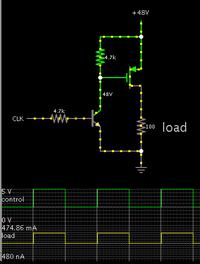ahmedmedowahdan
Member level 1

- Joined
- Jan 30, 2013
- Messages
- 38
- Helped
- 0
- Reputation
- 0
- Reaction score
- 0
- Trophy points
- 1,286
- Activity points
- 1,463
i bought alot of IRF9540n ICs 
i need suitable solutions for my problems
- - - Updated - - -
i need suitable solutions for my problems
- - - Updated - - -




